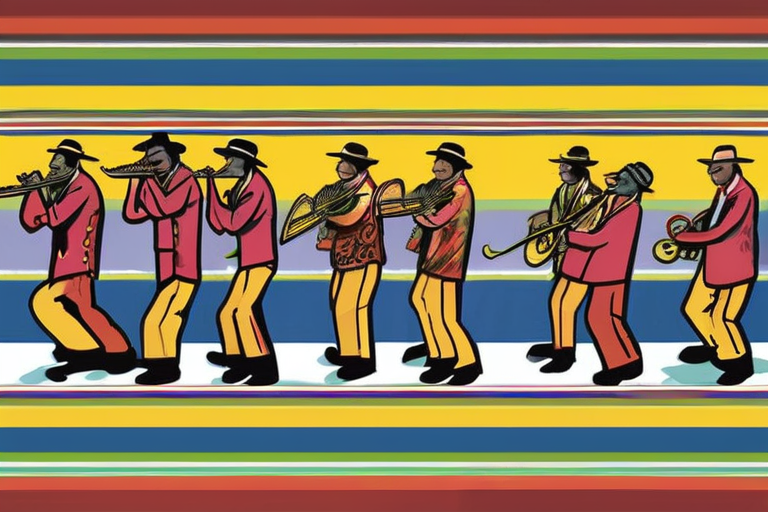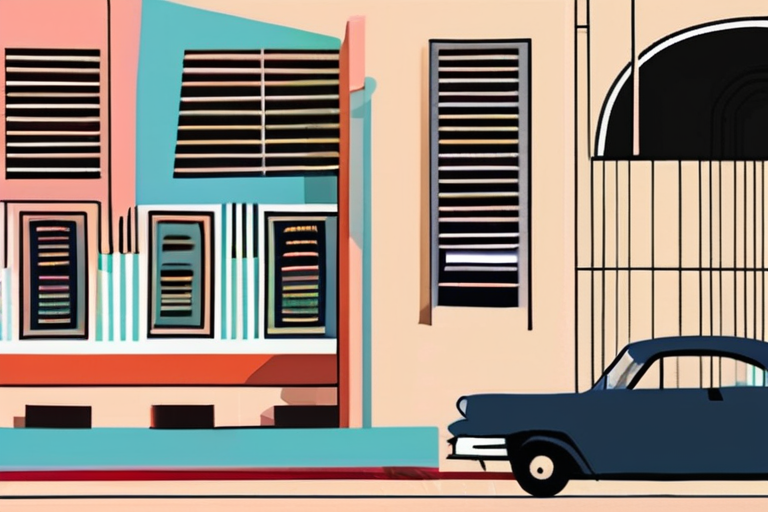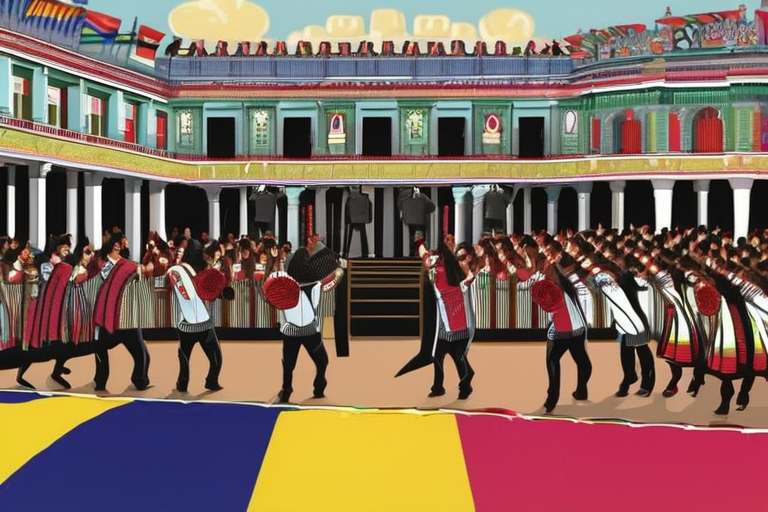Colombia Cradles Cumbia: The Birthplace of Latin America's Most Irresistible Rhythm


Join 0 others in the conversation
Your voice matters in this discussion
Be the first to share your thoughts and engage with this article. Your perspective matters!
Discover articles from our community

 Hoppi
Hoppi

 Hoppi
Hoppi

 Hoppi
Hoppi

 Hoppi
Hoppi

 Hoppi
Hoppi

 Hoppi
Hoppi

Maluma Nabs His 25th No. 1 Hit on Latin Airplay Chart With 'Bronceador': "A Dream Come True" Colombian singer-songwriter Maluma …

Hoppi

Cumbia's Rise to Global Popularity: A Story of Reinvention and Resilience A new visual series by NPR has shed light …

Hoppi

Reparto Becomes the Heartbeat of Cuba HAVANA, CUBA - In recent years, a unique sound has emerged from the island's …

Hoppi

The Unlikely Union: Boza and Sech's "París" Brings Panama to the Forefront In a city where music is woven into …

Hoppi

Rauw Alejandro Continues to Bring His 'Roots to the World' on 'Cosa Nuestra: Capítulo 0': Stream It Now SANTURCE, PUERTO …

Hoppi

Breaking News: Colombia Declared Birthplace of Cumbia Colombia's government has made a shocking cultural reversal, declaring the country as the …

Hoppi